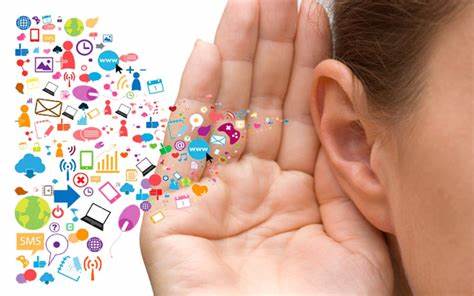A real estate business card is an exceptional way to build relationships with potential clients. It introduces who you are and what services you provide and displays contact information for any leads or customers that choose to reach out. Real estate business cards should accurately reflect your brand while still providing relevant details that entice people to keep in touch. Here are key elements to include on your real estate business card:
1. Real Estate Company Name
If you work with a well-known real estate company or brokerage, adding it to your business card can be a sign of credibility. It may give potential clients a sense of security, as they know you have a reputable firm’s backing.
The company’s name should be one of the largest text elements on the card and be visible from a distance. You want people to be able to identify it quickly and easily, so place it strategically on the card.
2. Multiple Contact Options
Everyone has a different communication preference. Include your primary phone number, email address, and website URL on your business card to give customers clear avenues to reach you. If you’re active on social media, share your profile links so people can connect with you beyond traditional contact methods.
Sharing your professional social media profiles may help add a layer of credibility to your business card and helps people get to know you better. It also demonstrates that you’re tech-savvy, a desirable trait in today’s competitive real estate market.
3. Professional Headshot
People often like to know who you are and what you look like. A faceless entity is much harder to connect with than a real person. Adding your professional headshot to your business card helps humanize the process. This image should be professional and polished.
4. Your Specialties
Real estate agents offer different services, so use your business card to explain what sets you apart from other agents. You can also describe a particular specialty, such as eco-friendly homes, luxury condos, or waterfront properties, to help potential clients identify if you’re the right fit for their needs.
Highlighting your specialties may give you an edge in a crowded market and allows you to stand out. It also helps potential buyers identify if you’re a good match for them and may lead you to more successful transactions.
5. Logo and Branding
Your logo or brand stamp is a key component of your real estate business cards, as it visually represents you and your business. Not only does this help people recognize you, but it also gives you a chance to showcase your style.
Your logo should be simple, memorable, and easy to read. Match it with the rest of your branding, such as fonts and color palette, for a cohesive look that makes a lasting impression. You can also add elements such as a motto or slogan to define your brand further.
6. Licensed Realtor Information
To verify that you’re competent and legally allowed to practice real estate, you must be licensed in the state where you work. Consider adding your license number and the state where it was issued on your business card. This information proves that you can legally sell real estate to potential clients. Having your licensed realtor information on your business card also gives you a layer of credibility.
7. QR Code
QR (quick response) codes are sophisticated yet simple machine-readable codes designed to store data. When scanned with a smartphone, these codes can direct potential clients to your website or social media profiles. They can contain all the information mentioned above in a more compact and visually appealing way.
Adding a QR code to your business card gives potential clients easy access to your portfolio, contact details, and other relevant information. It’s also an effective way to track your leads and measure the success of your marketing campaigns.
Design Quality Real Estate Business Cards
Creating quality cards for your real estate business may help you share what potential clients need to know about you. Use these cards to display your specialties, logo, licensed realtor information, QR code, contact information, and other data. The right design can help you leave a lasting impression on potential clients and stand out in a crowded market.

